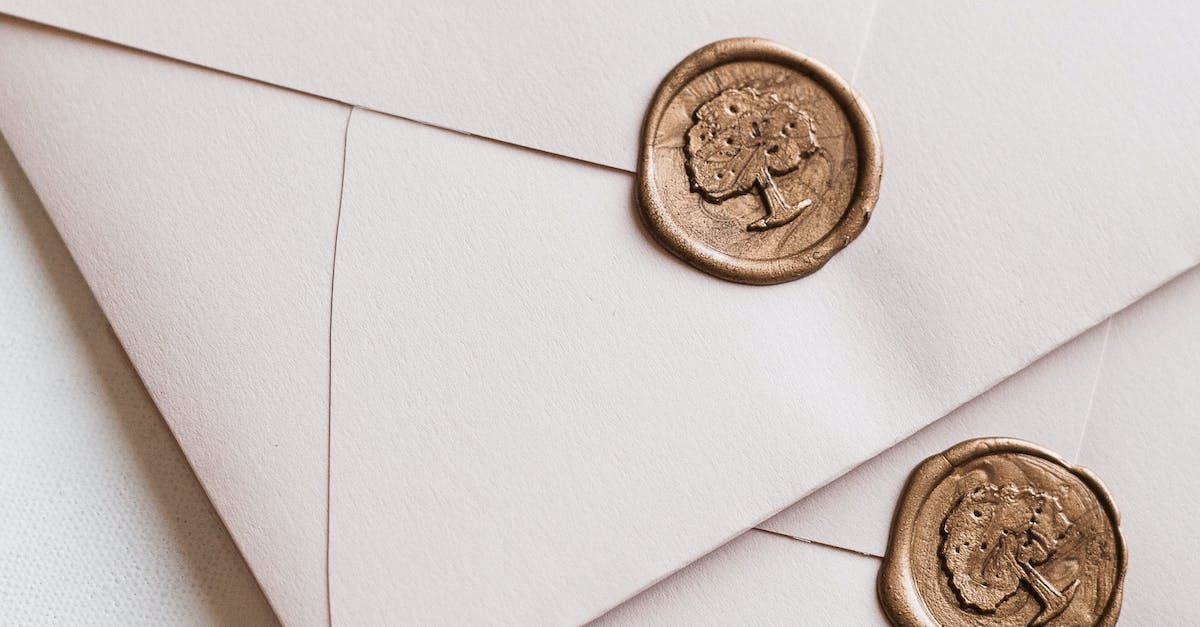Is a P-account reported to Schufa? Legal situation & justification
Most important knowledge - For this purpose there is the Schufa:
The Schufa is a credit agency that collects and stores information about the financial situation of consumers and companies. This information is provided by Schufa's contractual partners, such as banks, credit card companies, telecommunications providers and other financial institutions.
Summary - Schufa regulation 2023 / 2024
The most important points about which the Schufa collects data:
What is a P-account and what is it created for? Is it even allowed to create a Schufa entry just because a P-account is created? be passed on to the P-account?But does the Schufa not have a negative effect on the creditworthiness at all?How long does the created Schufa entry of the P-account continue to exist after deletion?When is it important that the P-account as an entry in the Schufa is deleted? If you want to end the P-account function, you need the so-called reverse conversion.
The most important points about which the Schufa collects data:
- Loans: Schufa receives information about loans granted, such as installment loans, mortgages or car financing. This includes information about the loan amount, the term, the monthly installments and the payment history.
- Credit cards: Information about credit cards is also reported to Schufa. This includes, for example, the type of card, the credit limit and the payment history, i.e. whether the monthly credit card statements were paid on time.
- Cell phone contracts: Cell phone providers report information about concluded cell phone contracts to Schufa. Details such as contract duration, monthly costs and payment history are transmitted.
- Leasing contracts: If someone has leased a vehicle or other items, this information is passed on to Schufa. This includes details of the leasing contract, for example the contract term and payment history.
In addition, other financial obligations, such as overdrafts or outstanding invoices from mail order companies, can also be reported to the Schufa.
The Schufa uses the stored data to provide information on whether a person has met financial obligations on time in the past or whether there may have been payment difficulties.

What is a P account (or garnishment protection account)? Here is a brief explanation.
A P account, also known as a garnishment protection account, is a special bank account that is protected from garnishments. Each individual account (such as a checking account) can be converted into a seizure protection account, with a maximum of one per person.
It is designed to ensure that low-income people can continue to have a certain amount of money at their disposal even if garnishments are made on their account. The garnishment-free amount varies depending on the family situation and is determined by law. With a P-account, this protected amount is protected from attachments by creditors, so that the basic supply is guaranteed.
People in debt often have no choice but to open a
P-Account. But it is not recommended as a preventive measure. This is because account fees still have to be paid and the functions are limited.
Is it even allowed to create a Schufa entry just because a P account is created?
When a P account is set up, the information is reported to SCHUFA or other credit agencies to ensure that no other P accounts exist. However, this information may only be transmitted and stored for this purpose.
This is because a P account is usually only used in the event of insolvency or claims by debtors. However, Weshalb savings banks and banks can compare the establishment of a P-Konto for safety's sake with the Schufa. This is because only ONE P-Konto may be created.
Account holders must therefore assure in the conversion letter that they do not already have another P account.
This P account is set up to ensure that a certain basic amount is protected against garnishment and that the account holder continues to have access to his money. Setting up a P account may not automatically lead to a negative Schufa entry. Schufa collects information on financial obligations, late payments or defaults, but not on the opening of a P-account. It is important to note that Schufa only receives relevant information from its contractual partners and that there is no automatic link between a P-account and a Schufa entry.
It is important to realize that reporting a P account to the Schufa does not in itself have a negative impact on the creditworthiness of the account holder concerned.

May the information from Schufa about the P-Konto be passed on?
The information about who holds a P account may only be passed on to another bank with which a new P account is to be opened.
However, if a contract is concluded with an Internet or telephone provider, for example, this information on the converted P account may not be passed on.
However, as soon as an account is attached, creditors are informed of this as a legal obligation of the bank (according to ZPO) when the attached account is converted into a P-account.
But does the Schufa not have a negative effect on the credit rating at all?
That's the crucial point in the end. While just the fact that you have a P account doesn't have to be a problem, it's still possible that potential lenders or landlords could interpret the fact that you have a P account as an indication of financial trouble. In such cases, it could negatively affect your credit score.
It is important to note that the decision to grant a loan or take out a lease does not depend solely on Schufa. Other financial factors such as your income, employment history, and general financial situation are also considered.
A P account should therefore not affect your creditworthiness in the long term, as long as you meet your financial obligations and pay your bills on time.

How long does the created Schufa entry of the P account continue to exist after deletion?
According to Section 909 Paragraph 2 ZPO, the entry must be deleted immediately as soon as the function of the P-account has ended.
Expiration of deletion:
- Reconversion of the P account to a conventional account or justified termination of the P account. After notification, it usually takes about 14 days to a month for the P account to be deleted from the Schufa.
If you have your P account converted back into a normal account or cancel it at your bank, the corresponding entry at the Schufa will be deleted. However, there may be delays and the deletion does not always take place immediately.
Normally your bank informs the Schufa about the deletion of your P account. After all, the bank had previously informed the Schufa about the establishment of the garnishment protection. However, it occasionally happens that the bank fails to report the expired P account. In such cases, it is advisable to take action and ask the bank to forward the relevant information to the Schufa. This ensures that the P account entry is properly deleted.
When is it important that the P-Konto is deleted as an entry at Schufa?
The entry about your P-Konto at Schufa is mainly important for other banks. Other bodies or companies that obtain information about you do not normally receive any information about it.
Thus, the deletion of the P account entry only plays a role if you intend to open a new account with another bank. In such cases, the bank might reject your request if it sees that you have a P account.
If you are only planning to switch your P account to another bank, you often do not have enough time to wait for the entry to be deleted. In order to ensure that you continue to have garnishment protection in the meantime, you must have your new P account set up as soon as possible after the termination of the previous P account. To do this, ask your old bank in writing for confirmation that your P account has been deleted. You submit this confirmation to the new bank. This will ensure that you can seamlessly provide the required seizure protection.
If you want to end the P account function, you need the so-called reverse conversion.
In the past, some credit institutions have occasionally refused to convert a P account back into a normal account. For this reason, the legislator has expressly clarified the right to convert back. Pursuant to Section 850k (5) of the German Code of Civil Procedure (ZPO), this can be requested at any time with a notice period equivalent to 4 business days to the end of the month, even if the account is still seized.
In the case of reconversion, the previous agreements for the current account apply again.
Alternatively, there is the option of terminating the P account altogether if you no longer wish to keep the account with the bank in question.
Before converting back, it is important to check whether the protection of the P account is actually no longer needed. This can be the case when garnishments have actually been settled, smaller garnishments are to be settled, no insolvency proceedings are pending and there is no threat of offsetting due to bank claims.
It should be noted that after the termination of the P-account function, the funds on the account will no longer enjoy special protection. Therefore, it is important to carefully consider the individual situation before making a decision to terminate the P account.

Get professional advice from a Debt & Insolvency Advisor with over 10 years of experience.
⟟ Hauptstr. 115
70771 Leinfelden-Echterdingen
☎ 0711 16036757
✉ poststelle@mail-sic.de
- Insolvency advice
- Private insolvency
- Corporate insolvency
- P-account certificate
- garnishment allowance
- Credit without Schufa
- Admission form
- NOW discover insolvency application cost reimbursement protection
- Coching in Cyprus
- Mon - Fri
- - -
- Saturday
- -
- Sunday
- Closed
*Appointments on Saturdays only on the first Saturday of the month and only for employed persons or self-employed persons if an appointment during the week is not possible. Telephone calls cannot be accepted on Saturdays! Sunday and public holidays closed.





